Inspiration

2023/7/17
50th anniversary of Togo
This year Ligne Roset celebrates 50 years of manufacturing Togo. Loved as much by the Big Brother generation as by frugal design connoisseurs, its popularity seems to know no bounds. But how is such a much-loved and iconic design classic created? And what in Togo's heritage makes it a pop culture classic?
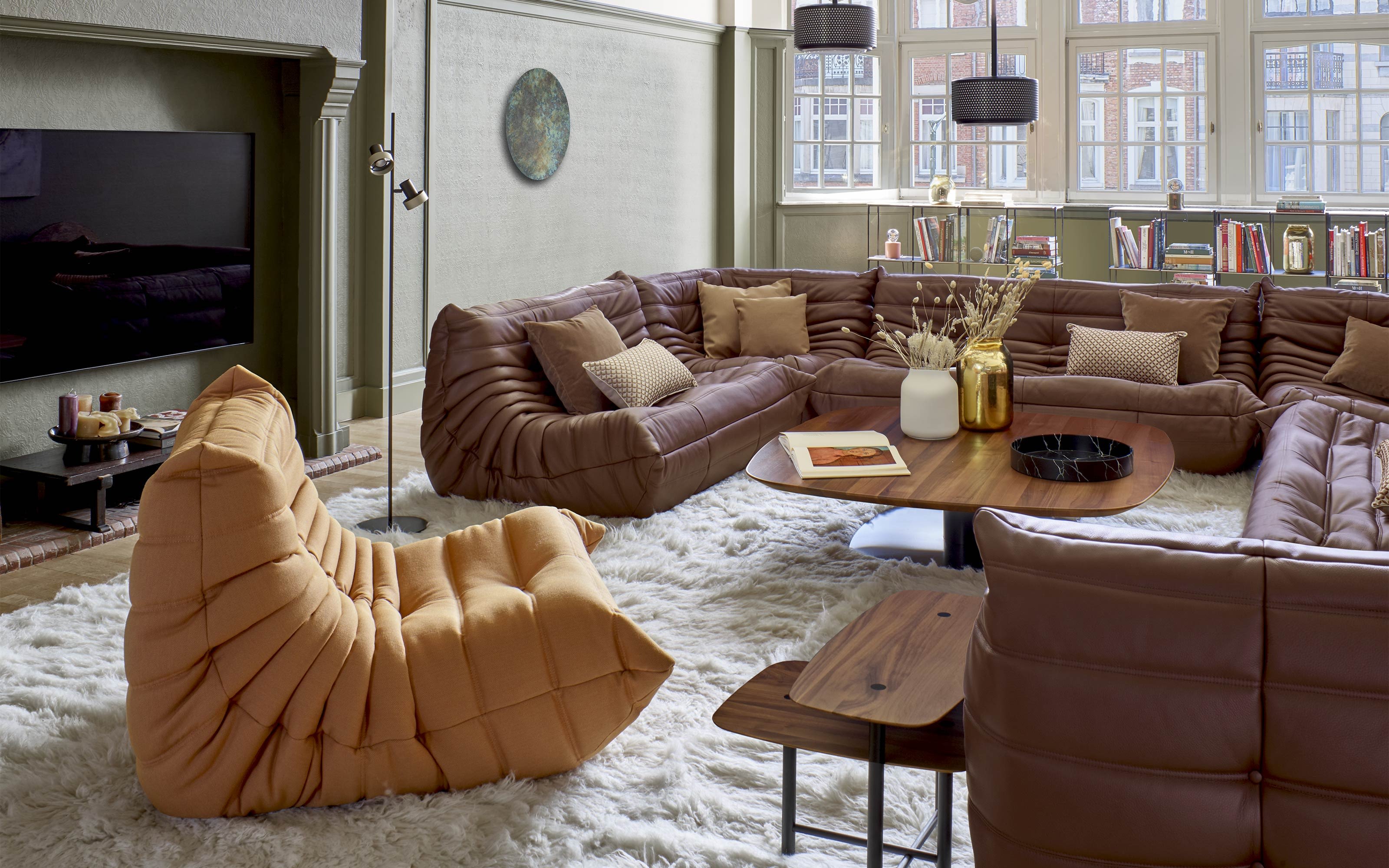
Even if you haven't heard of Togo, you've probably seen it. It has been described as a "wrinkled newborn with Shar-Pei wrinkles". But there's something about those wrinkles that makes it so inviting - and its improvised appearance. It looks like you're sitting on a thick mattress folded against a wall.
But nothing could be further from the truth. Making a Togo is a complicated process involving many people who are all experts at what they do. The upholstery process alone on a Togo sofa takes 4 hours for fabric covers and almost 6 hours for leather.
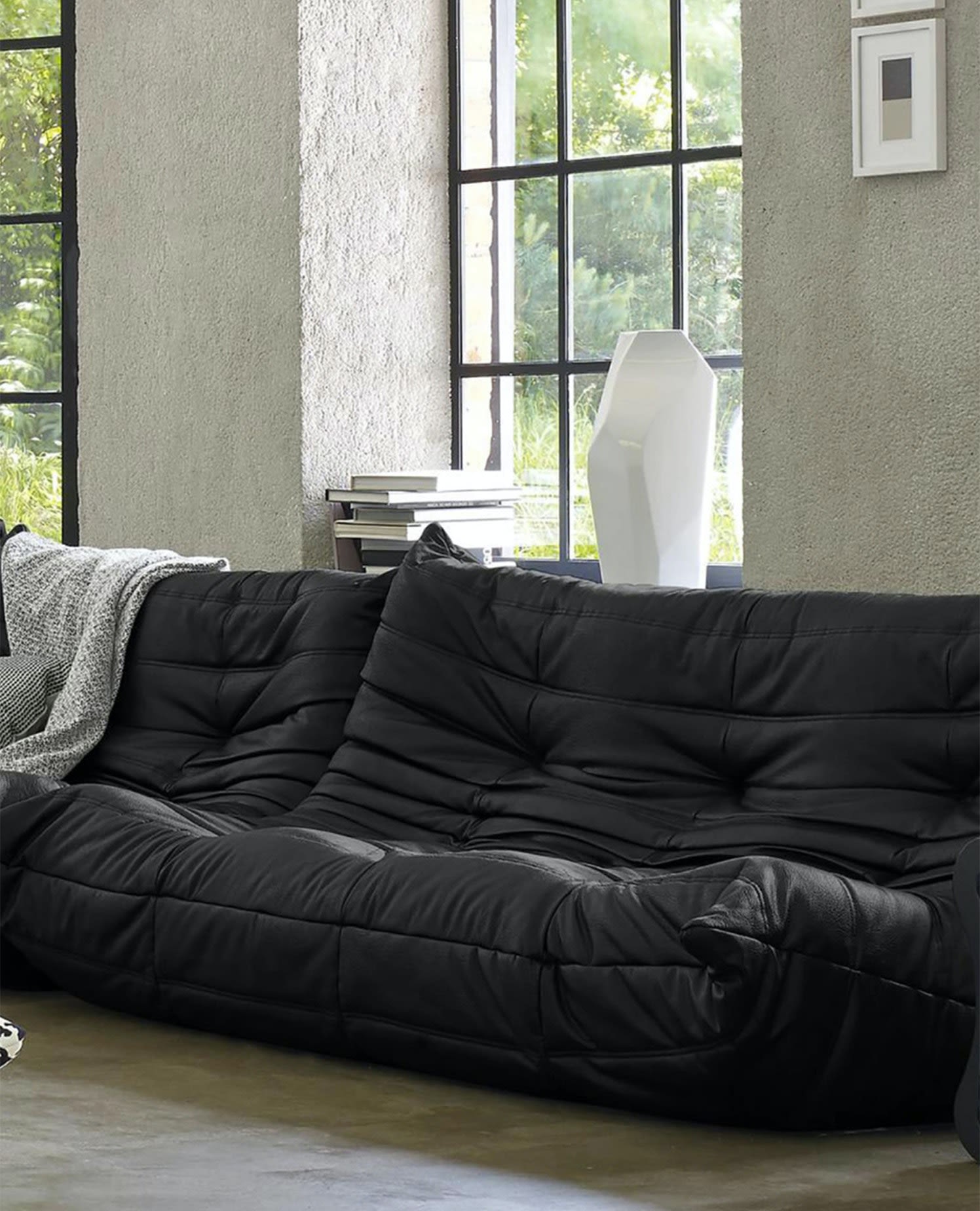
The iconic design is of course remarkable in itself. The playful expression certainly stems from Ducaroy's training in sculpture at the Beaux-Arts de Lyon. When asked about the source of inspiration for Togo, he described it this way:
A toothpaste tube that folds back on itself like a stovepipe and closes at both ends.
In fact, with its low seating height, it is considered to have revolutionised seating in the early 70s, embodying the idea that the living room was for relaxation and recreation. Generous, unpretentious and perfect for curling up with a book and a cup of tea, Togo was quickly adopted by the hippie generation.
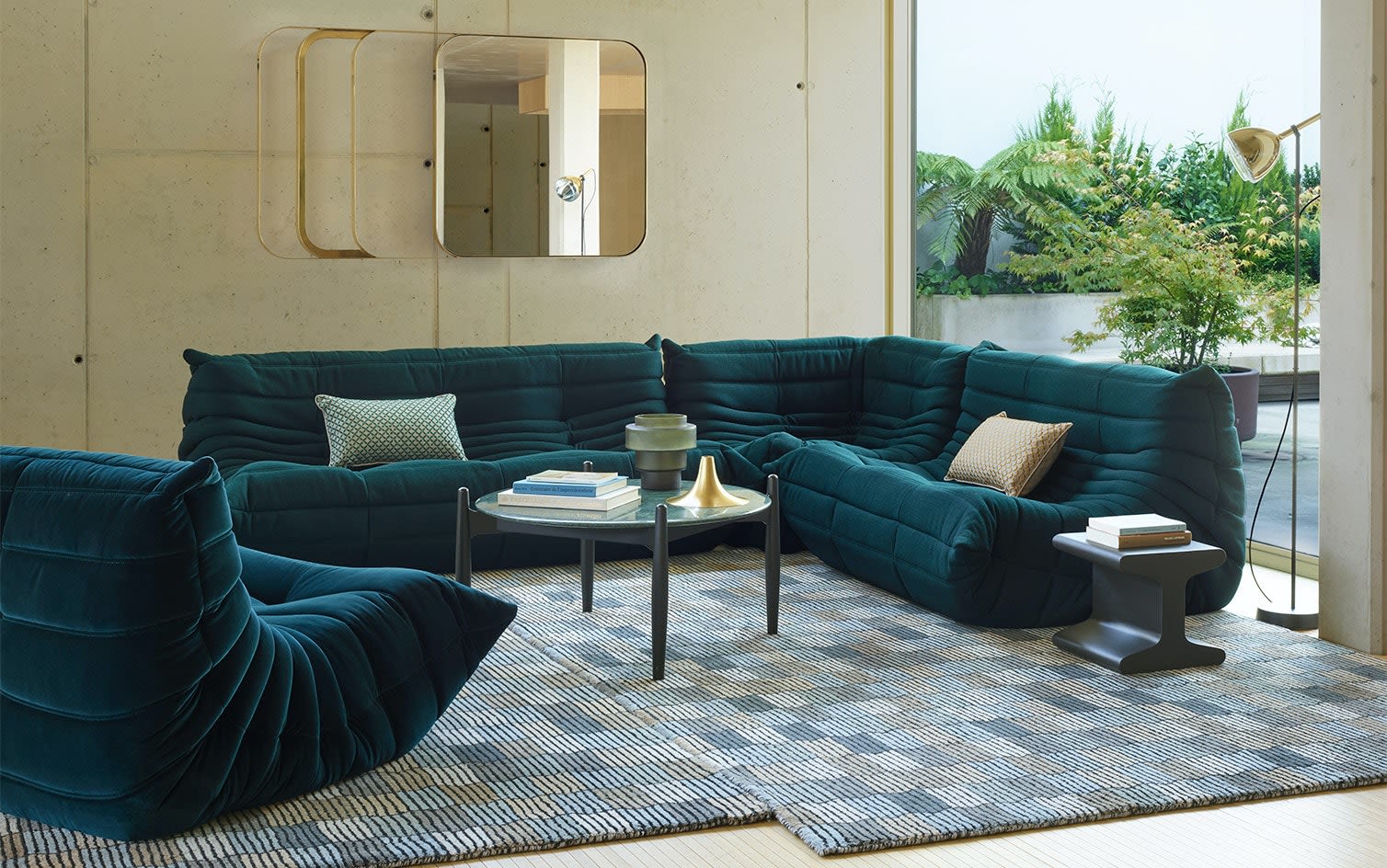
And it continues to reach new audiences all the time. In 2006, an entire set of Togo furniture appeared on the TV programme Celebrity Big Brother in the UK. A perfect interior for a generation that indulges in idle surfing and binge-watching.
Ligne Roset's famous Togo collection was created by designer Michael Ducaroy in 1973. Born into a family with modern furniture design in their blood, in 1960 he met Jean Roset, head of the prestigious Ligne Roset furniture company, and they hit it off, with Ducaroy soon becoming head of the design department and the company's spearhead of innovation.
Today, the Togo range is still produced in the small French village of Briord at the foot of the Jura Mountains, where Ligne Roset's headquarters and factory have been located since 1973. Due to the many complicated steps in the production process and a very strict quality control, the waiting time for a Togo is currently 12 months.
With its characteristically soft and pleated silhouette, already cuddled by two generations, the Togo continues to enchant today.
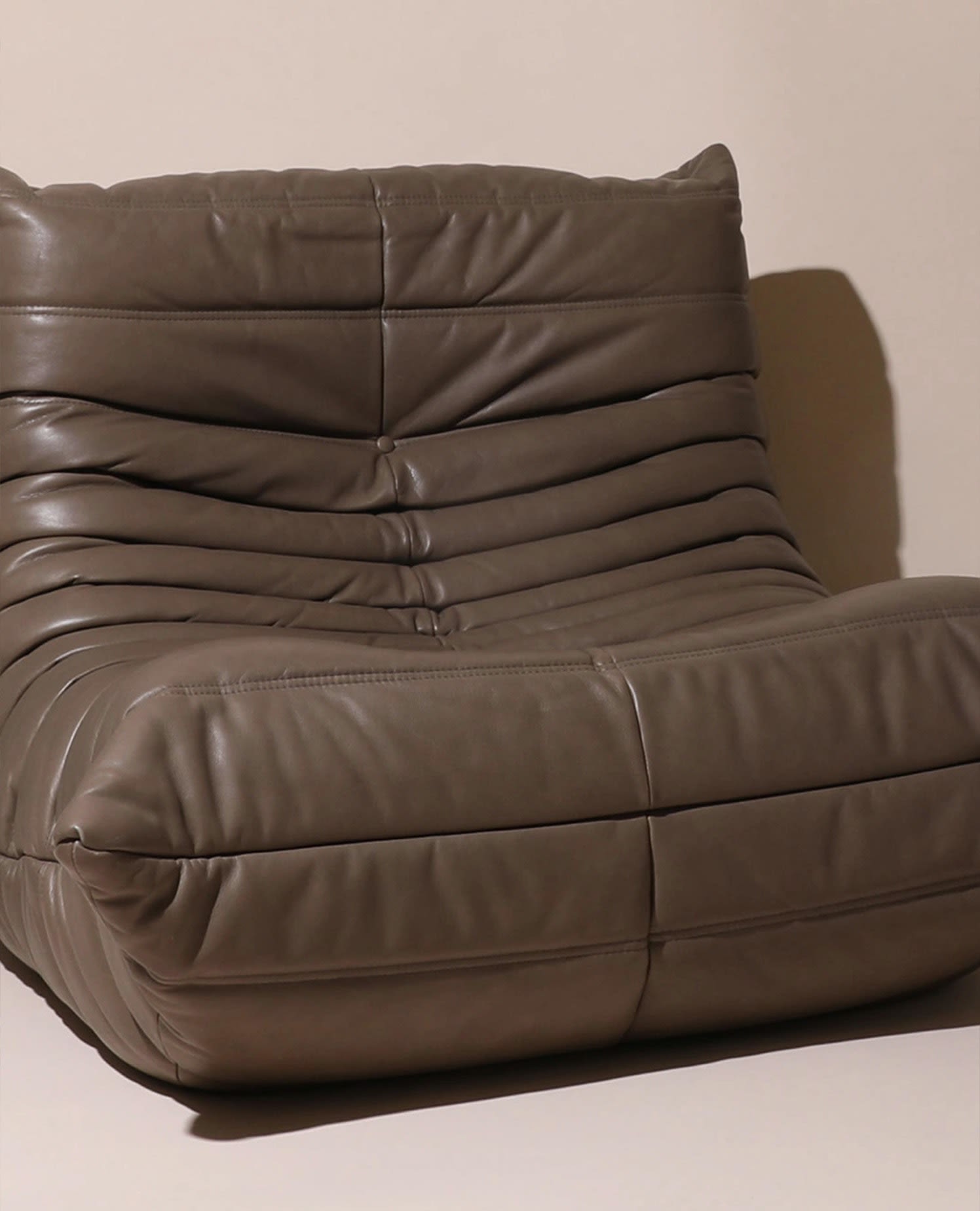
But as is often the case, popularity has a downside; Togon has a large following of copies in its wake. Sadly, not something uncommon in pop culture. To avoid buying a copy, here's a short checklist:
During manufacture, invisible ink is used to guide the stitching. Use a UV lamp on the inside to detect it.
There is a specific domestik used to cover the lower part of the sofa, identical to the very first Togo. Domestik is a textile that is tightly woven to ensure durability and prevent the foam from poking through the fabric.
The sofa is made entirely of foam and the upholstery is filled with polyester quilting. Over 10 pieces of polyether foam with 3 different densities are cut into 8 different pieces to construct the sofa.
Togo is made in France, like all Ligne Roset upholstered furniture since its inception in 1860.
Buy your designer furniture from licensed retailers.
Similar articles
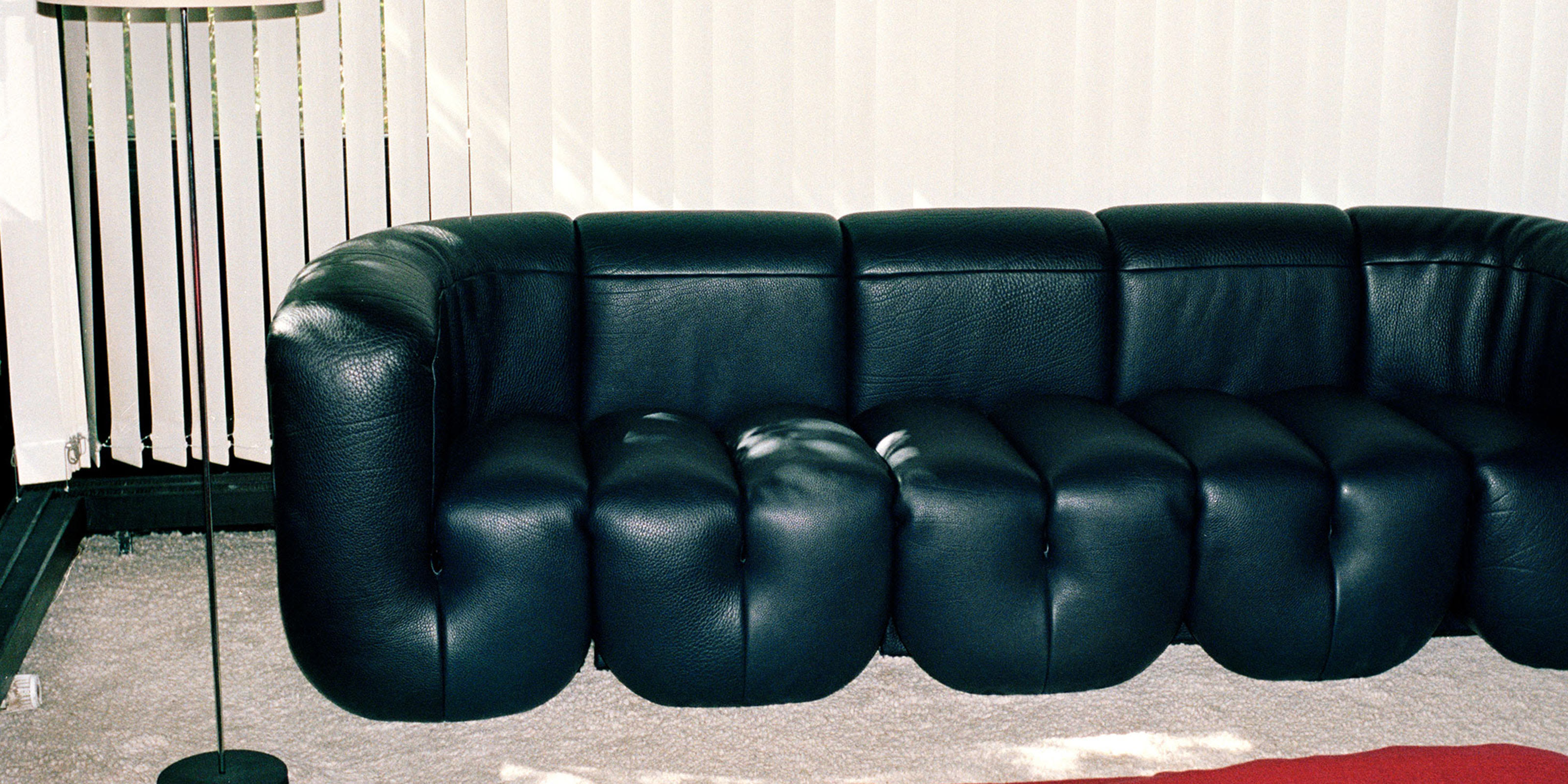
Design icons - discover timeless sofas
A design icon is not just a beautiful piece of furniture - it also represents an essential chapter in design history. Sofas of different varieties that are the result of groundbreaking innovation and carefully considered aesthetic choices. Through the study of design icons, we get a good insight into the vision of designers, but also a broader understanding of the time period in which they were created. Apart from being historical artifacts, they are also sources of inspiration for contemporary designers who carry on the timeless legacy.
2024/3/22
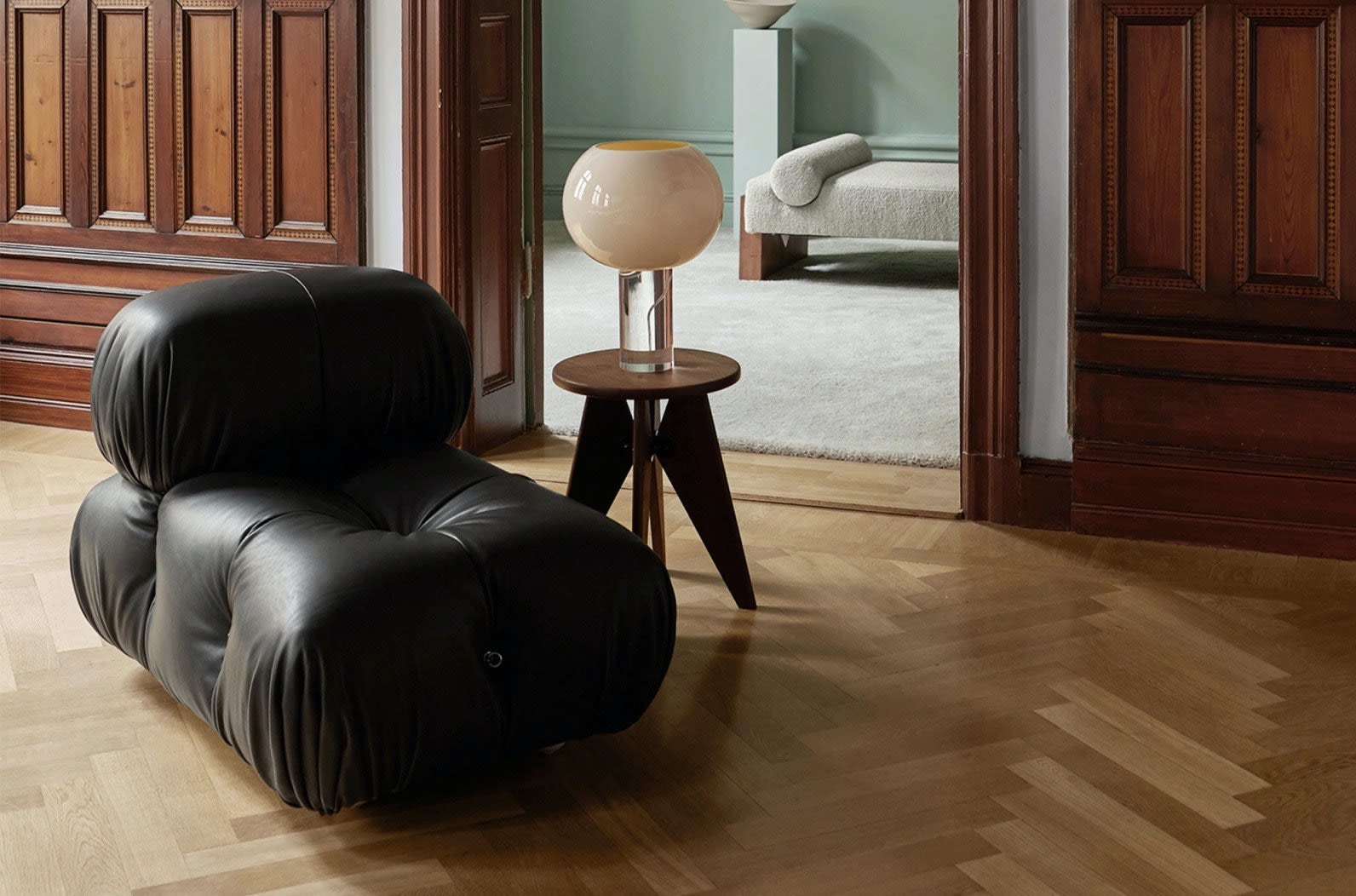
The revolution of soft forms
It's as if a revolution has rolled in and taken over our homes. The same movement has also hit public spaces and not least our Instagram feeds. The revolution comes in soft shapes, with curved contours and it is as if all straight lines and sharp corners have been eliminated in favour of the opposite. The shapes are accompanied by materials that feel as inviting as a soft and warm fur on a chilly winter day or a knitted mohair sweater against bare skin.
2021/5/17
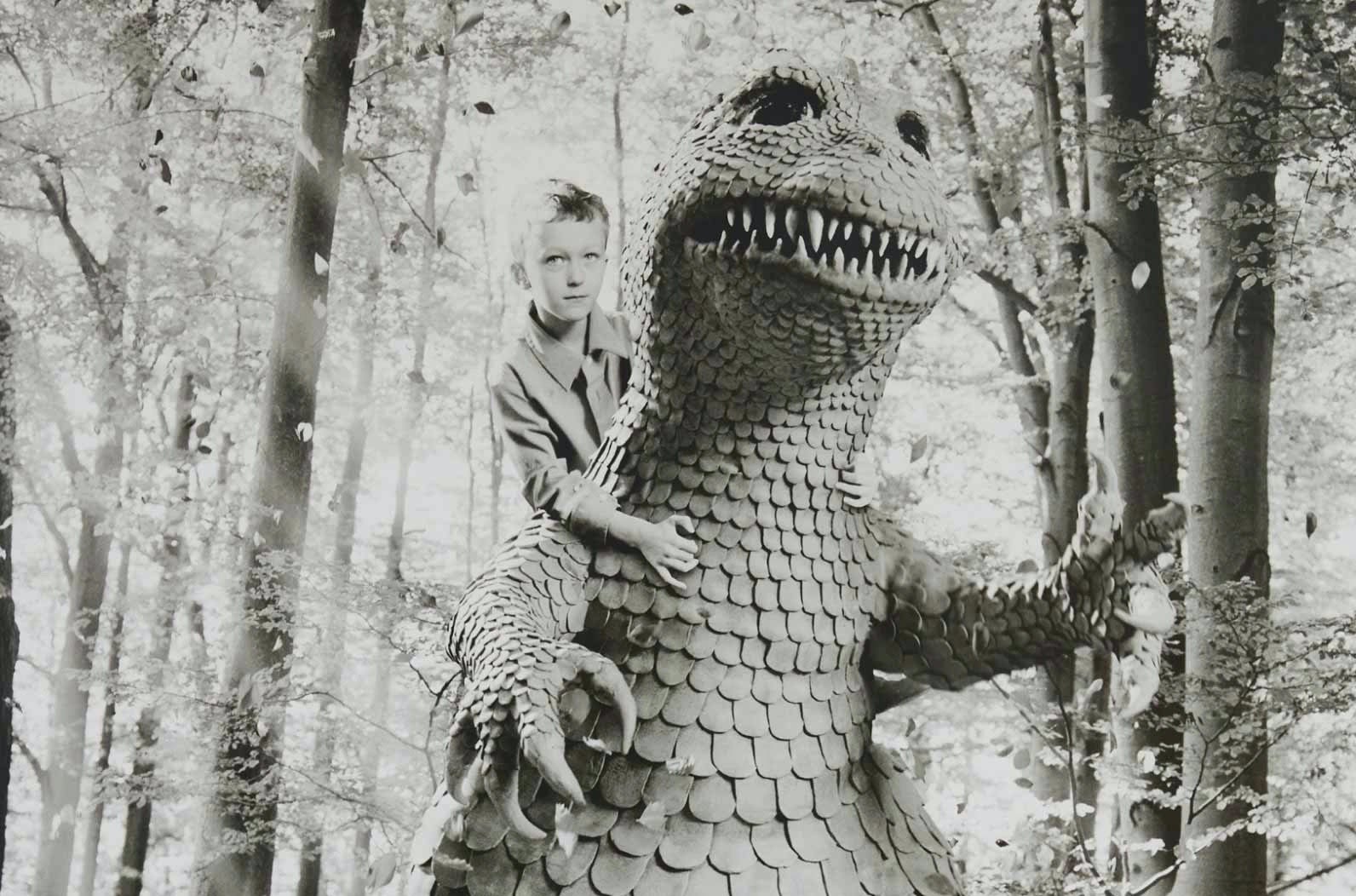
Helena Blomqvist and the fictional reality
Where dreams become reality or vice versa. Helena Blomqvist (b. 1975) is a photographer and artist who uses her distinctive style to create visual narratives that are both imaginative and contemplative of reality.
2021/10/19

Iconic chairs from Fritz Hansen – Danish design in its essence
Founded in 1872 by the cabinetmaker with the same name, Fritz Hansen is a Danish brand synonymous with timeless elegance and pioneering furniture design.
2024/5/3

